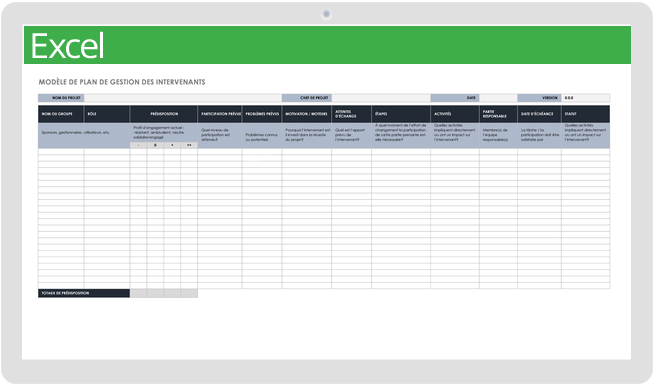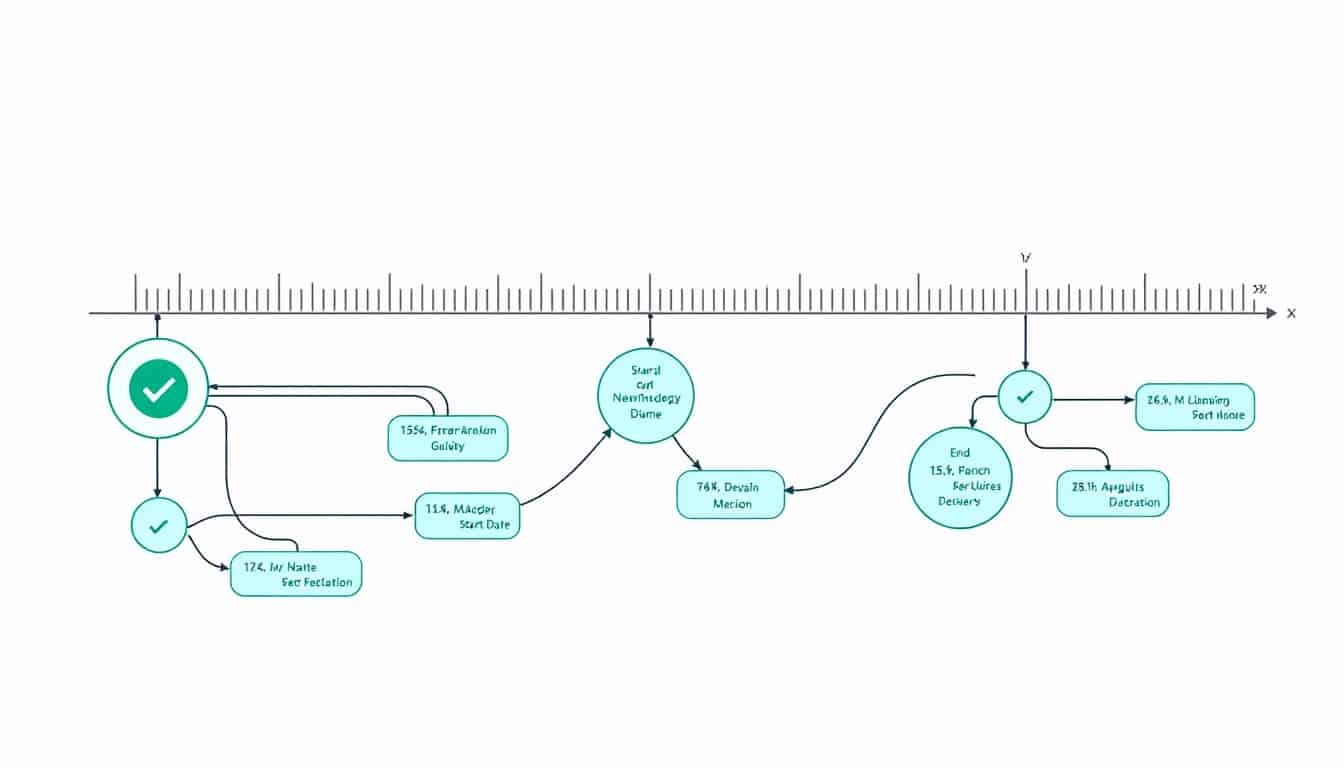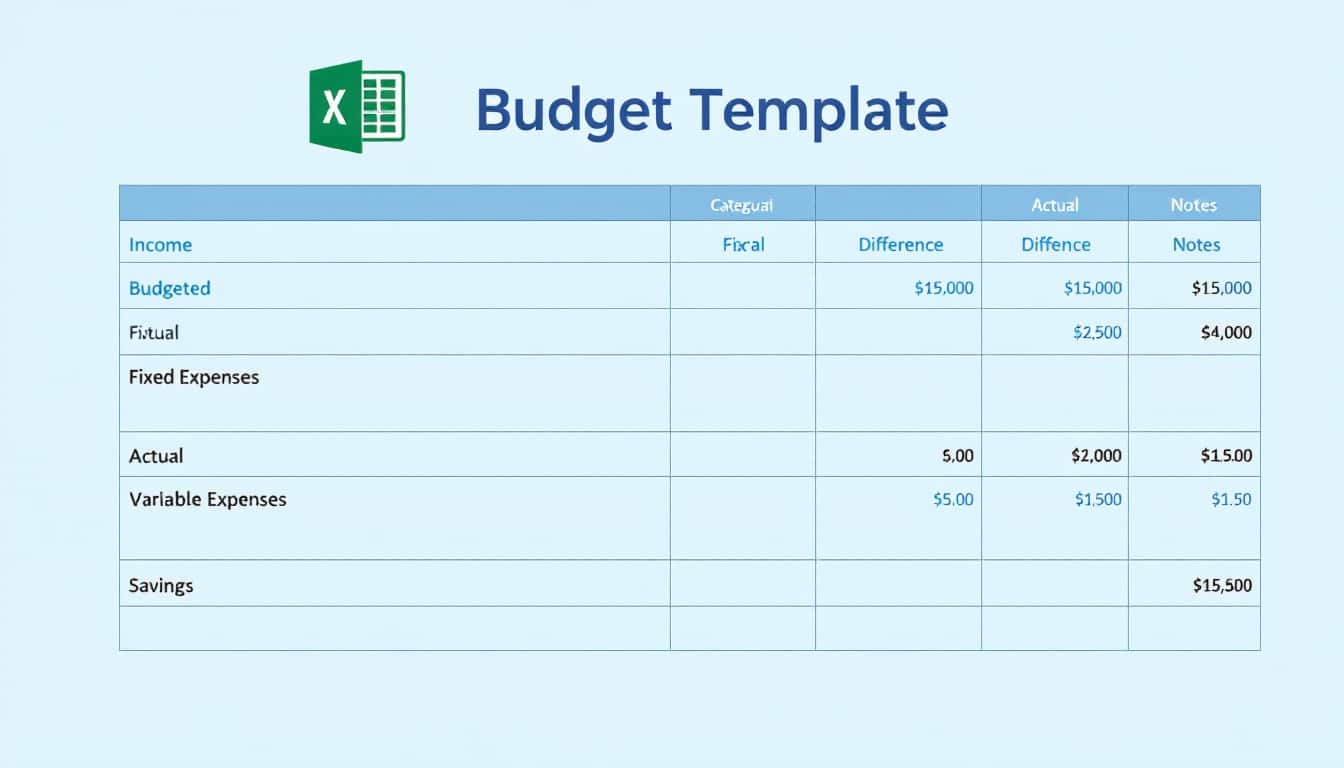In the complex universe of project management, understanding the importance of stakeholders is essential for ensuring the success of an initiative. The Stakeholder Salience Model emerges as a valuable tool for assessing the involved parties based on their influence and interest. This method allows for prioritizing stakeholders and adapting appropriate communication strategies. This practical guide will accompany you step by step in applying this model in all circumstances to maximize engagement and cooperation from the key players in your project.
🔥 Nous recommandons Ideamap
Ideamap est l’outil idéal pour un brainstorming ou un projet collaboratif. Grâce son interface facile et à ses fonctions IA, Ideamap booste votre créativité tout en favorisant une meilleure organisation de vos idées pour atteindre vos objectifs.
|
IN BRIEF
|
In the complex world of projects, understanding and managing stakeholders is essential for ensuring success and sustainability. Among the available tools, the salience model stands out, allowing for the assessment of the importance and influence of involved actors through a structured approach. This article aims to provide you with a practical guide for applying this model by optimizing requirements gathering and improving collaboration within projects.
What is the Salience Model?
The stakeholder salience model is a conceptual framework that allows for identifying and prioritizing project actors based on three key attributes: interest, power, and urgency. These dimensions help classify the different stakeholders according to their importance and influence, thus facilitating tailored communication and management for each group.
Importance of Stakeholder Mapping
Stakeholder mapping is a critical step in implementing the salience model. It involves creating a table of the concerned actors, allowing for an analysis of their respective interests and potential impact on the project. Through this mapping, project managers can anticipate needs, expectations, and potential conflicts of interest, thus improving decision-making.
Steps to Apply the Salience Model
Identification of Stakeholders
The first step involves identifying all relevant stakeholders, whether internal (team members, management) or external (clients, suppliers, local communities). This identification requires a clear understanding of the project and its environment.
Evaluation of Interest, Power, and Urgency
Once the stakeholders have been identified, it is essential to evaluate each one based on the three key dimensions of the salience model. This can be done using questionnaires, interviews, or workshops, allowing for a clear view of the issues to be considered.
Creation of the Salience Matrix
After the evaluation, build a salience matrix where each stakeholder is positioned based on their interest, power, and urgency. This allows for a quick visualization of which stakeholders are a priority to consider and thus adopting targeted management strategies.
Strategies for Managing Stakeholders
Based on the positioning on the matrix, each stakeholder requires specific approaches, such as regular engagement, continuous information sharing, or other forms of tailored communication. For example, stakeholders with high power and high interest should be actively included in the decision-making process, while those with low power but high urgency might require particular attention to their concerns.
Tools for Implementing the Salience Model
To facilitate the process, various tools and software are available, which automate the collection and analysis of data related to stakeholders. These tools can include project management platforms, data analysis software, and even Excel templates for creating matrices and tables.
By adopting the salience model, project managers can not only improve stakeholder management but also foster a healthier and more productive collaborative atmosphere. Learning to apply this model is a valuable asset in the arsenal of every professional and can transform the dynamics of any project.














